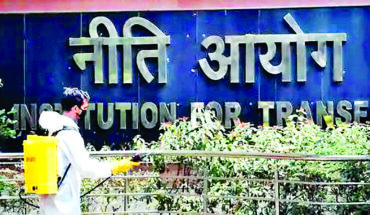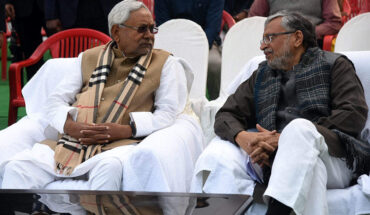India’s Finance Minister Nirmala Sitharaman’s fourth successive budget does not have much to offer. With the economy still in search of durable momentum that could help entrench the recovery from the last fiscal year’s record contraction, she has failed to address the flagging consumer spending in the wake of erosion in real incomes and savings through a combination of tax breaks for the middle class and cash handouts for the poor. And even as the minister acknowledges the role public capital expenditure could play in crowding-in private investment at a time when “private investments seem to require that support” and help to ‘pump-prime’ demand in the economy, the Budget outlay of Rs 7.50 lakh-crore for the capital account marks just a 24.4% increase from the revised estimate of Rs 6.03 lakh-crore for the current fiscal. The Finance Minister has proposed a series of tariff and policy steps that could help bolster domestic manufacturing in the long run. A key policy element is a commitment to reduce import dependence in procurement for the country’s defence forces. The Minister has tried to address the raging debate over how to deal with virtual currencies by adopting a twin-track approach. On the one hand Sitharaman proposes to introduce in the coming fiscal year a Central Bank Digital Currency that she posits will impart a big boost to the digital economy and “lead to a more efficient and cheaper currency management system”. In parallel, she intends to tax income from the transfer of any virtual digital asset at the rate of 30%, with deduction allowed only for the cost of acquisition. It remains to be seen if the Government’s efforts at bringing the mushrooming trade and investment in a multiplicity of virtual digital assets including cryptocurrencies under the tax net would have a salutary impact besides adding a revenue stream to the exchequer.
GDP growth: Will the budget be able to budge it ?
|
February 5, 2022 |





